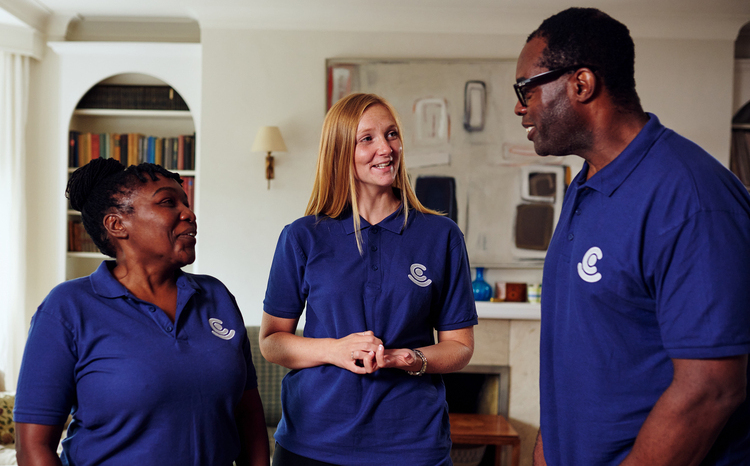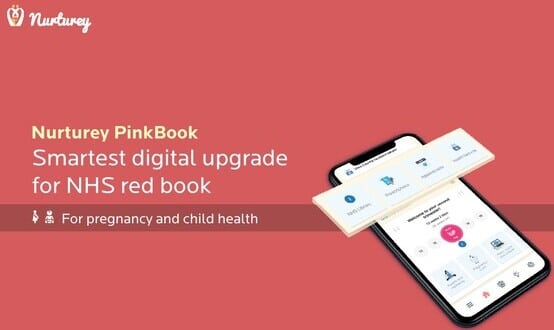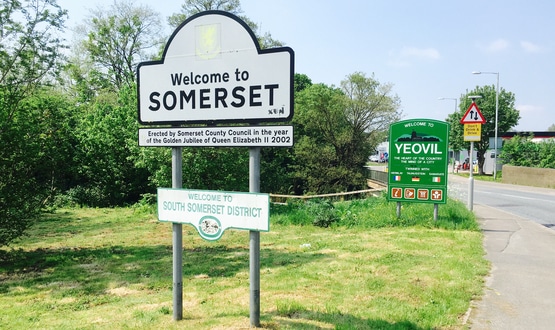Child protection system misses target
- 17 February 2016

A new March 2018 deadline for the roll-out of the Child Protection Information Sharing system has been set, after most local authorities missed the December 2015 target.
The Health and Social Care Information Centre’s board meeting in January outlined that by December last year, 13% of local authorities had taken up the system compared to a target of 80%. Just 16 trusts at 49 sites had implemented CP-IS.
The £8.6m cost of the system is likely to rise by 10%, the board papers warned.
By last week, 20 of 152 English local authorities were live with details of more than 22,000 children benefiting from additional protection afforded by the system, the HSCIC told DHN.
This is the latest delay in a system that is seen as crucial to information sharing between the NHS and children’s social services. It is designed to flag up concerns when children with a formal protection plan visit an NHS unscheduled care setting.
Among the barriers identified by HSCIC were; slower than expected progress with local authority suppliers; delays in providing N3 connections; delay in achieving the functionality required for CP-IS through Spine 2; and resource constraints both at local authority level and within the CP-IS team.
HSCIC said the new functionality through Spine 2 has now been delivered and it is working with local authorities to support them in putting N3 connections in place.
It has also developed an alternative web-based connectivity option that will be tested this spring.
The NHS and local authorities have struggled for years to set up an information sharing system in the wake of the death of Victoria Climbie in 2000. She died after suffering months of abuse and the report into her death highlighted the need to improve the exchange of information between different agencies working with vulnerable children.
CP-IS was set up after its predecessor, ContactPoint, was scrapped in 2010 after it was deemed “disproportionate and unjustifiable”. The first wave of LAs and NHS trusts went live with CP-IS in early 2015.
The HSCIC insisted that CP-IS is receiving good feedback, but roll-out is presenting unexpected barriers.
In a statement it said: “We continue to work with unscheduled care settings, system suppliers and local authorities to support them to introduce this new functionality.
“This project is the first time that health and social care systems have been linked together on a national scale and working across organisational barriers is complex and can present new challenges.
“Feedback from those using the system tells us that CP-IS is valuable as it allows seamless flow of information between front line clinicians and social care workers, allowing them to take the necessary steps to reduce the risk to vulnerable children who have been identified. We will continue to roll-out, so that all these benefits can be achieved nationally.”
In one local authority in the north west, CP-IS has cut the time taken to notify the local authority that a vulnerable child on a protection plan had presented in an NHS unscheduled care setting from three to four weeks to 24 hours.
“This is enabling the local authority’s social workers to take the appropriate action and to intervene in a much more timely manner based on the individual needs of the child and family concerned,” said the HSCIC statement.




